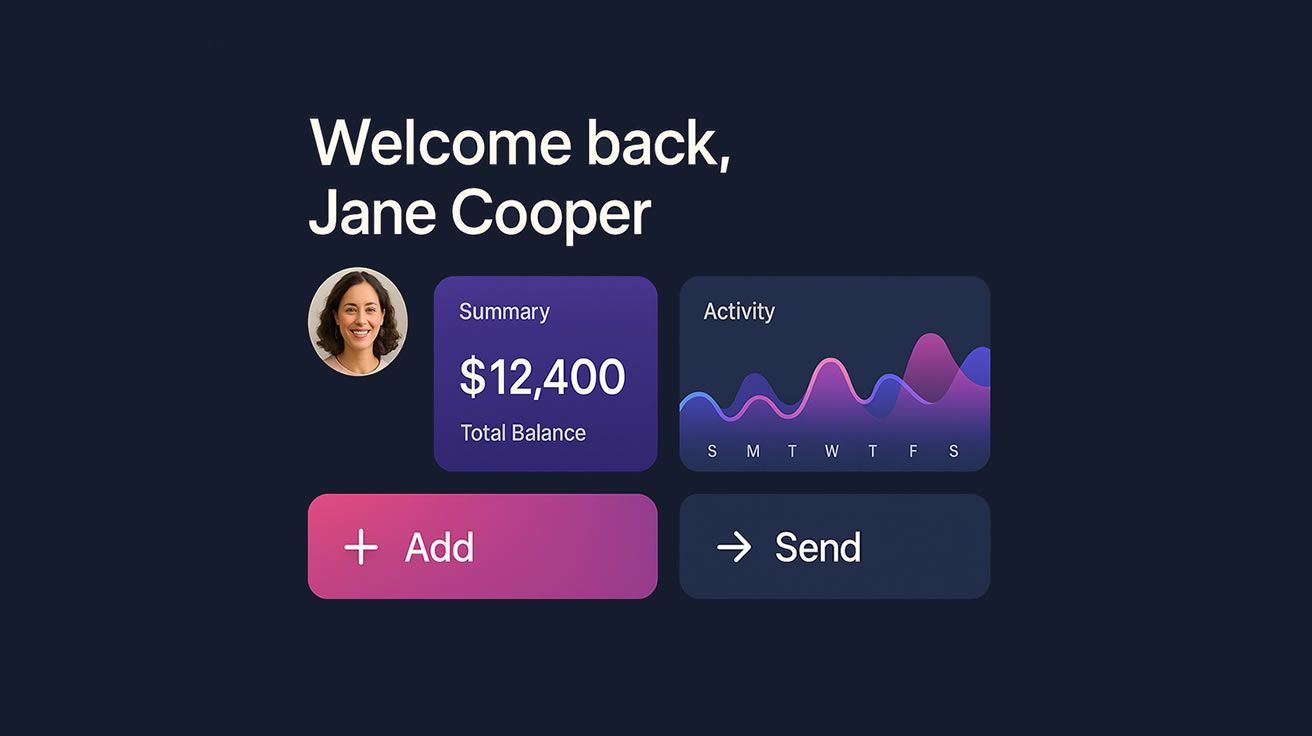
Turn Intention into Action: How Apps Capitalize on 4S Search and Shopping
The consumer journey has changed. Forget the idea of a linear, predictable funnel. Today, your customers navigate a dynamic digital ecosystem, driven by behaviors that Google and BCG have dubbed the 4Ss: Streaming, Scrolling, Searching, and Shopping. While all are important, the connection (or disconnect) between Searching (the active, in-depth search for information) and Shopping (the action of purchasing) is a critical point that can define the success of your digital marketing strategy.
Users are no longer limited to simply typing into Google. Their Search phase is richer and more complex: they compare features, watch video reviews on YouTube, use AI to generate summaries, and even identify products with Google Lens. They arrive at the decision phase incredibly informed, with potentially high purchase intent. But what happens next? If the journey to Shopping is complicated, filled with unnecessary clicks, or leads to a poor experience, that intent fades.
This is where NoCode apps come in, and in particular, tools like Glide and Flutterflow. They allow you to create powerful mobile and web apps without writing any code, becoming the perfect hub where the search intent seamlessly transforms into a shopping action.
The Challenge: Uniting Deep Research with Seamless Purchasing
Modern search behavior means that users spend time researching. They search for:
- Detailed Information: Technical specifications, user guides, comparisons.
- Social Proof: Reviews from other users, testimonials, success stories.
- Visual Demonstrations: Videos of the product in action, tutorials.
Once convinced, they expect an equally sophisticated shopping experience:
- Immediate: Being able to purchase or take the next step without delay.
- Integrated: Making the purchase feel like a natural part of the information process.
- Simple: Few steps, clear information, easy payment methods.
The risk is that research occurs in one place (blog, YouTube, social media) and the purchase occurs in another (a generic online store), creating a gap where the user can get lost or change their mind.
NoCode Apps: The Strategic Bridge between Searching and Shopping
No-code tools allow you to build apps directly from your data (often Google Sheets, Airtable, or Excel), making it incredibly agile and accessible for marketing teams. Here’s how a No-code app becomes that vital hub:
- Centralize Information for Deep Searching:
- You can create detailed screens for each product or service.
- Embed YouTube videos (demos, reviews) directly into the app.
- Shows side-by-side comparisons.
- Organizes FAQs, downloadable guides, and technical specifications.
- Integrate user testimonials or ratings.
- Result: The app becomes THE destination for the user to resolve all their doubts and complete their Searching phase without leaving your ecosystem.
- Integrate Shopping Natively and Fluidly:
- Add “Buy Now” or “Add to Cart” buttons.
- Integrates with payment gateways like Stripe for direct in-app transactions (for certain types of products/services).
- Make booking appointments or services easier by connecting calendars.
- Allows you to send contact forms or quote requests directly.
- You can connect with e-commerce platforms like Shopify to manage inventory and checkout.
- Result: Once the user is convinced by the wealth of information (Searching), the action (Shopping or the next logical step) is just a click away, in the same environment.
Practical Examples:
- Enhanced Product Catalog: A clothing brand creates an app where users can view collections (Search: filters, material details, model videos) and purchase directly (Shopping: buy button integrated with Stripe/Shopify).
- Professional Services Directory: A consultant has an app showcasing their services, detailed case studies, video testimonials (Search), and a button to schedule a call directly in their Calendly (Action/Pre-Shopping).
- Real Estate Portal: An agency uses it to showcase properties with photos, 360° videos, neighborhood details (Search) and buttons to “Contact Agent” or “Request a Visit” (Action).
- Event Guide: An organizer creates an app with the agenda, speaker bios, maps (Searching), and the ability to purchase tickets directly (Shopping).
Key Benefits of Using an App as a Hub:
- Deployment Speed: Launch and update your app in days, not months.
- Friction Reduction: Minimize the steps between research and purchase.
- Unified Experience: Delivers a consistent, branded environment.
- Intent Capture: You interact with the user when their interest is highest.
- Accessibility: Empower your marketing team without relying on developers.
- Flexibility: Easily adapt the app as your products or strategies change.
In the era of 4S, understanding and adapting to search and shopping behaviors is critical. Letting in-depth user research become disconnected from a seamless shopping experience means missing out on valuable opportunities.
No-code tools offer a powerful and accessible solution. They allow you to create applications that not only host all the information a user needs for their search, but also integrate shopping actions in a natural and efficient way. By building these strategic hubs, you can convert the high level of intent generated during searches into concrete actions, improving the customer experience and boosting your results.
Ready to close the gap between intent and action? Explore how a NoCode app can transform your digital marketing strategy.
